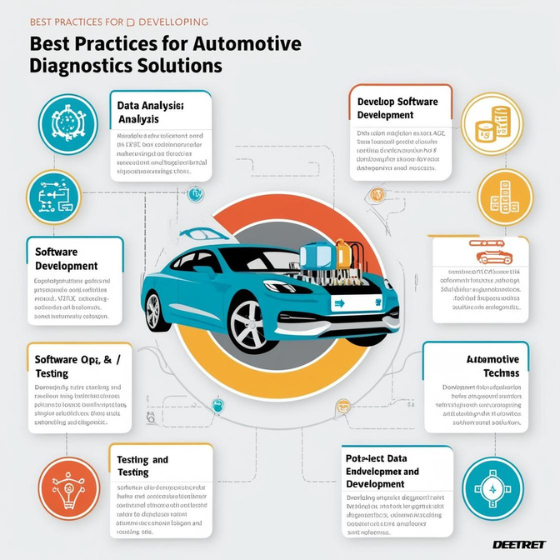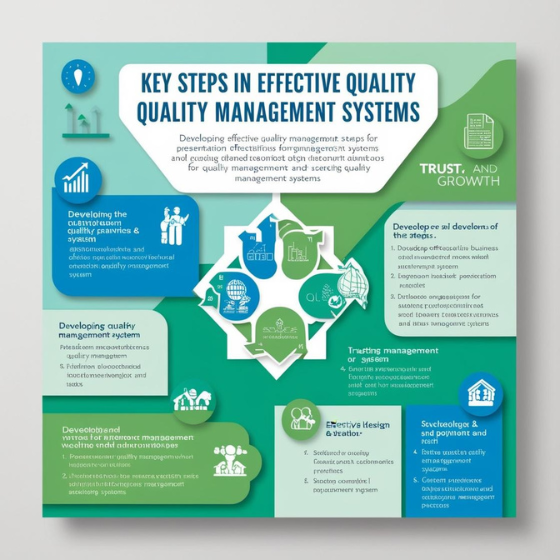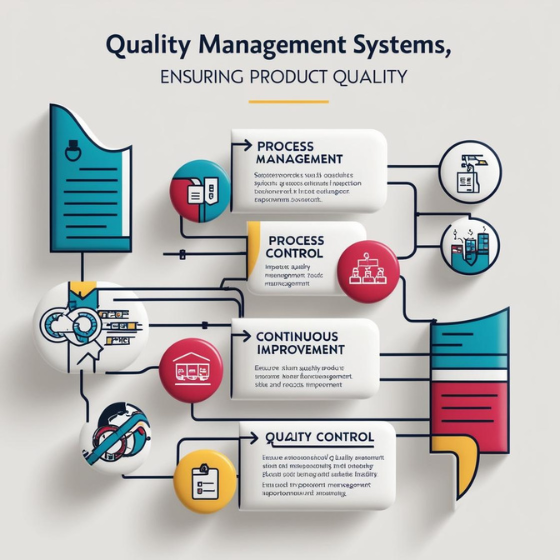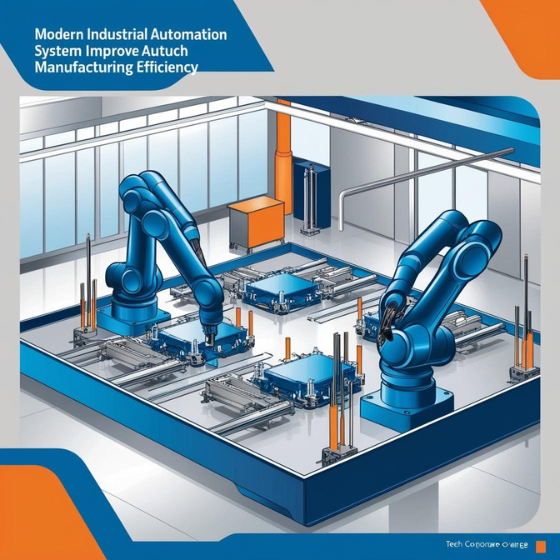Best Practices for Developing Automotive Diagnostics Solutions
In today’s fast-paced automotive industry, ensuring the safety and performance of vehicles is paramount. Automotive diagnostics solutions are integral to vehicle maintenance, helping identify potential issues before they become costly or dangerous. As the automotive sector continues to evolve, so does the technology behind diagnostics tools. To stay ahead, businesses need to adopt best practices in developing automotive diagnostics solutions that are efficient, accurate, and scalable.
In this blog, we’ll explore the key practices for developing robust automotive diagnostics solutions, how they benefit both the automotive industry and consumers, and why investing in cutting-edge diagnostic technology is crucial for maintaining safety and performance.
1. Leverage Real-Time Data and IoT Integration
The integration of Internet of Things (IoT) technology in automotive diagnostics solutions has revolutionized the way vehicle health is monitored. By equipping vehicles with smart sensors, you can collect real-time data on various parameters such as engine performance, tire pressure, brake efficiency, and more. This data can be analyzed to detect anomalies and predict potential failures before they happen.
Best Practice:
- Incorporate IoT sensors to continuously monitor vehicle systems and communicate data to cloud-based platforms for analysis.
- Use real-time diagnostics to alert drivers and fleet managers to any potential issues, reducing the chances of breakdowns.
Takeaway: Integrating IoT into automotive diagnostics solutions helps improve vehicle safety, reduces downtime, and boosts overall performance.
2. Focus on User-Friendly Interfaces
For automotive diagnostics tools to be effective, they must be user-friendly for both technicians and fleet managers. Complicated systems can slow down diagnostic processes, making it harder to identify issues and address them promptly. Designing intuitive, easy-to-navigate interfaces ensures that users can quickly interpret data, take action, and prevent costly repairs or accidents.
Best Practice:
- Design intuitive dashboards that present key diagnostic information clearly.
- Enable easy access to data such as fault codes, vehicle status, and maintenance schedules.
Takeaway: A user-friendly interface helps technicians and fleet managers quickly make informed decisions, improving response time and overall efficiency.
3. Integrate Predictive Maintenance Features
Predictive maintenance is an advanced feature that helps anticipate when a vehicle might need maintenance before a failure occurs. By using data analytics and machine learning algorithms, automotive diagnostics systems can predict failures based on vehicle performance and usage patterns. This allows fleet managers and car owners to perform repairs or replacements proactively, reducing the risk of unexpected breakdowns.
Best Practice:
- Incorporate machine learning algorithms to predict failures based on data from sensors and past performance.
- Provide actionable insights to fleet managers, recommending maintenance schedules based on predictive data.
Takeaway: Predictive maintenance helps prevent costly repairs and downtime by addressing issues before they escalate.
4. Ensure Compliance with Industry Standards
Automotive diagnostics solutions must comply with various industry regulations and standards to ensure safety and reliability. These standards may include government regulations, such as emissions testing or vehicle safety protocols. Ensuring that your diagnostic tools align with these standards is critical for gaining regulatory approval and avoiding potential fines or safety violations.
Best Practice:
- Stay updated on regulations such as OBD-II (On-Board Diagnostics) standards and other safety or environmental requirements.
- Ensure your diagnostics tools are certified for compliance with industry standards for accurate and legally accepted reporting.
Takeaway: Compliance with industry standards helps avoid legal issues and ensures that diagnostic solutions meet safety and environmental requirements.
5. Offer Seamless Integration with Telematics
Telematics systems are integral to modern automotive diagnostics. These systems collect and transmit data from vehicles to a central platform, allowing for continuous monitoring of fleet health, driver behavior, and vehicle performance. By integrating telematics with your diagnostics solutions, you can gain deeper insights into vehicle operation, improve fuel efficiency, and enhance fleet management.
Best Practice:
- Integrate telematics solutions into your diagnostics systems to monitor vehicle data continuously.
- Use telematics to track fuel consumption, driving patterns, and maintenance schedules.
Takeaway: The integration of telematics with diagnostic systems enables real-time monitoring and improved fleet management, reducing costs and increasing safety.
6. Optimize for Mobile Access
As mobile technology continues to shape the way industries operate, automotive diagnostics solutions are increasingly moving to mobile platforms. Fleet managers and technicians need to be able to access vehicle diagnostics data on-the-go, whether in the office or at the roadside. Optimizing diagnostics solutions for mobile devices ensures that users can quickly respond to issues in real time, regardless of their location.
Best Practice:
- Develop mobile-compatible diagnostic tools for fleet managers and technicians to access data on smartphones or tablets.
- Provide mobile alerts for critical issues that require immediate attention.
Takeaway: Mobile access to diagnostic data enables faster decision-making and improves the efficiency of fleet management.
7. Ensure Data Security and Privacy
As automotive diagnostics solutions increasingly rely on cloud-based platforms and IoT devices to collect and store data, ensuring the security and privacy of this data is critical. Personal and vehicle data should be protected from cyber threats to maintain the trust of users and comply with data protection regulations such as GDPR.
Best Practice:
- Implement strong encryption protocols to protect data both in transit and at rest.
- Ensure compliance with data protection regulations to secure sensitive customer and vehicle data.
Takeaway: Robust data security measures are essential for maintaining user trust and complying with legal requirements.
Conclusion
Developing efficient and reliable automotive diagnostics solutions is essential for ensuring vehicle safety, improving maintenance practices, and reducing operational costs. By leveraging technologies such as IoT, predictive maintenance, telematics, and mobile access, businesses can enhance their diagnostics capabilities and stay ahead in a competitive market. Incorporating these best practices will ensure that your diagnostic solutions are both effective and user-friendly.
At Sodio, we specialize in developing cutting-edge automotive diagnostic systems that integrate the latest technologies to optimize vehicle performance and safety. Contact us today to learn how we can help you develop tailored automotive diagnostics solutions for your business needs.







